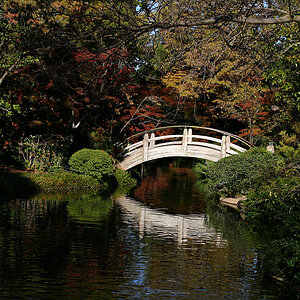Benco
TPF Noob!
- Joined
- Jan 6, 2013
- Messages
- 923
- Reaction score
- 253
- Location
- Falkland Islands
- Can others edit my Photos
- Photos OK to edit
Didn't film canisters have a graphical code on them that 'modern' film cameras could read to give them the ISO rating and frame count?





![[No title]](/data/xfmg/thumbnail/30/30880-eb7252c7e6df26b6cbc7065d2838df96.jpg?1619734495)

![[No title]](/data/xfmg/thumbnail/34/34692-a218056da5698d6c9b7cf734f656562d.jpg?1619736605)
![[No title]](/data/xfmg/thumbnail/30/30876-d35f95603398bf3423b26c68d344f018.jpg?1619734492)




